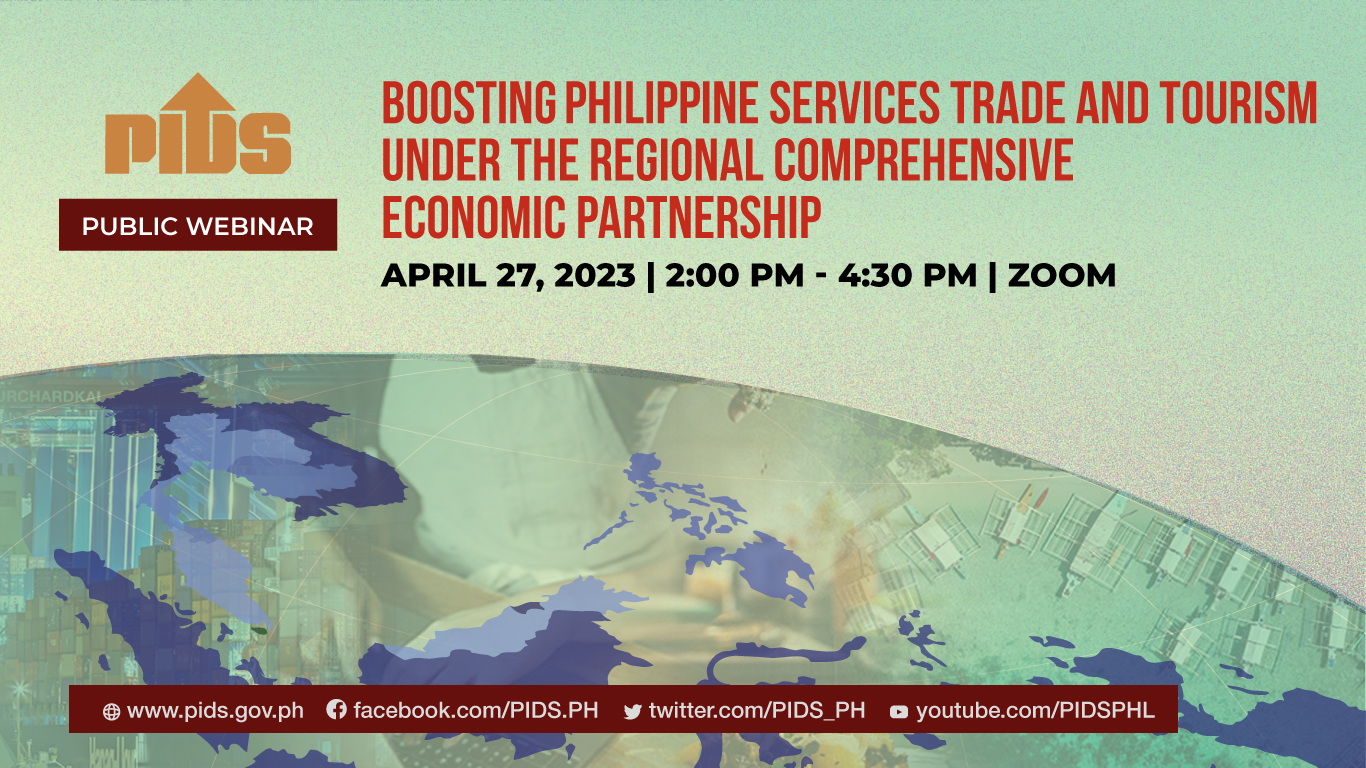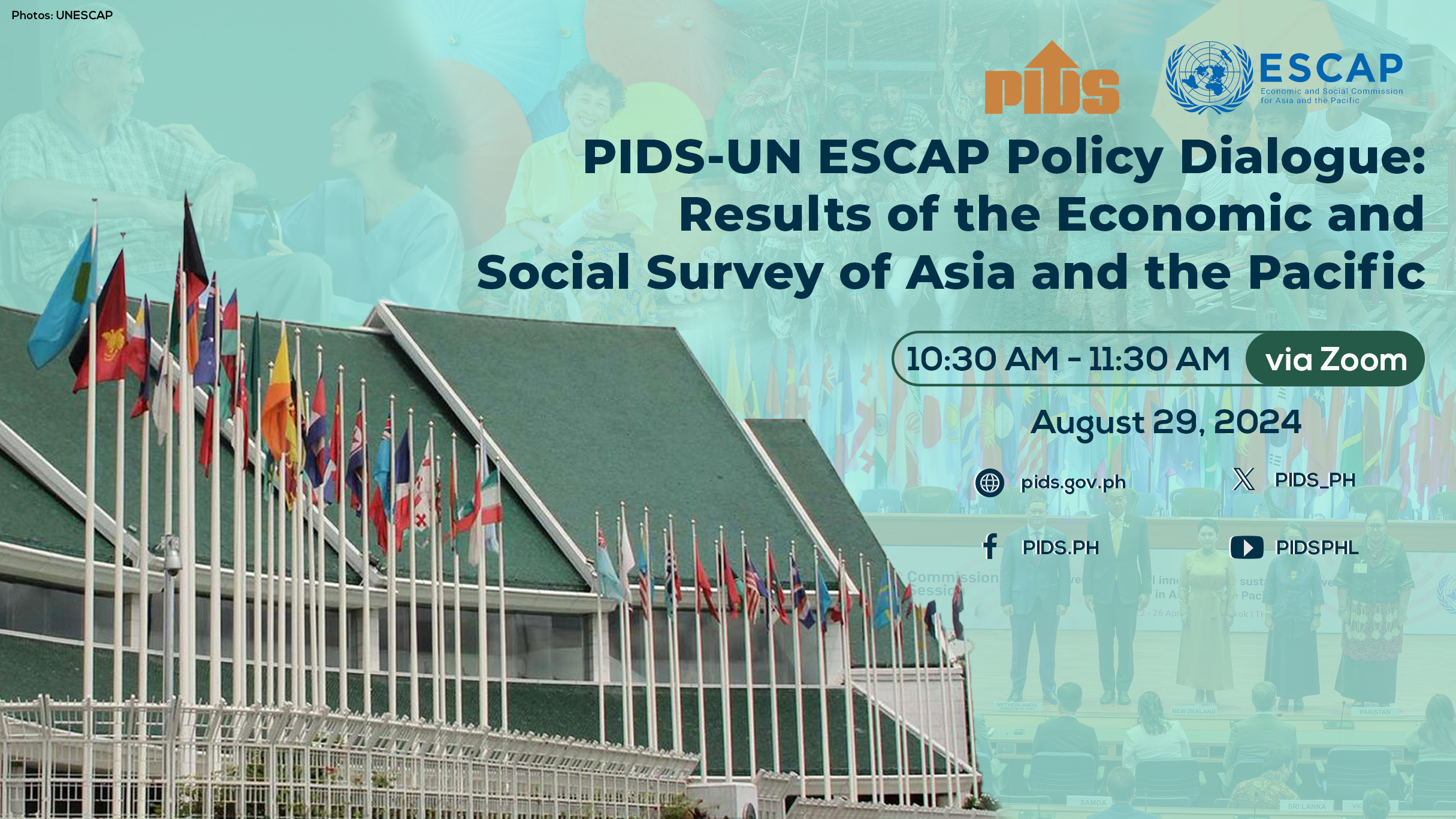THE Asian Development Bank (ADB) believes countries should act fast in responding to the coronavirus 2019 (Covid-19) pandemic to prevent further deterioration of the economy.
In an Asian Development Blog, ADB Sustainable Development and Climate Change Department Chief of Governance Thematic Group Bruno Carrasco said many Asian countries, being among the first to experience Covid-19, were able to respond within 1 to 2 weeks of the signs of infection. They are also now on the third round of packages to respond to the crisis.
“With timely and well-targeted programs, policy makers can prevent the health crisis from deepening into a wider economic and financial crisis. This could sow the seeds of economic recovery,” Carrasco said.
ADB data showed that as percentage of GDP, Asean-5 countries that allocated the largest resources were Malaysia with 15.5 percent of its GDP followed by Thailand at 13 percent and Singapore, 12.2 percent.
The Philippines only allocated 6.3 percent of its GDP, while Indonesia allocated 3.2 percent of its GDP to respond to the pandemic. China, where the pandemic originated, allocated the smallest amount, at 2.5 percent of GDP.
Carrasco said from mid-to-late February, the governments of Indonesia, Malaysia, Singapore and Thailand already announced initial packages.
“Most of these countries are now on their third packages with each subsequent package increasing in size and coming approximately one month apart,” Carrasco said.
These packages, Carrasco said, are targeted toward the health sector, tourism and transport (mostly aviation), and increasingly the retail sectors, restaurants and hospitality.
Carrasco said the packages aimed to improve the cash flow of businesses to address “second-round effects mainly from lockdown and confinement.”
These include tax cuts, sovereign-backed bank guarantees for extending loans for working capital to small businesses, and wage subsidies.
“Helping small and medium-sized enterprises to keep operating, even at some cost to the treasury, may spur economic recovery. It will keep people employed and hence reduce the size of the safety net coverage that governments will have to finance,” Carrasco said.
“It may also lead to an eventual faster economic recovery as it reduces the potential for hysteresis and more permanent effects from closure of businesses on the economy,” he added.
High of P2.5 trillion
Last week, a team of Philippine Institute for Development Studies (PIDS) researchers led by Research Fellow Michael R.M. Abrigo estimated that the pandemic will cost the Philippine economy P276.3 billion to as much as P2.5 trillion.
The PIDS researchers said the transport, storage and communication sector is expected to suffer substantial losses due to tourism declines worth P11.7 billion to as much as P124.3 billion.
The study also showed that losses in other services could reach P41.5 billion to P356.9 billion; manufacturing, P82.1 billion to P855.2 billion; and wholesale and retail trade, P93.2 billion to P724.8 billion.
However, Abrigo and the other researchers said the cost of inaction may be larger at P2 trillion in foregone gross value added. This will be due to weak household demand and unemployment of workers for extended periods of time.
The country’s Employment to Population Ratio (EPR) could decline by 12 percentage points to as much as 30 percentage points. With an EPR of 60 percent, the worst-case scenario means there could be a 50-percent reduction in the total number of workers nationwide.
In an Asian Development Blog, ADB Sustainable Development and Climate Change Department Chief of Governance Thematic Group Bruno Carrasco said many Asian countries, being among the first to experience Covid-19, were able to respond within 1 to 2 weeks of the signs of infection. They are also now on the third round of packages to respond to the crisis.
“With timely and well-targeted programs, policy makers can prevent the health crisis from deepening into a wider economic and financial crisis. This could sow the seeds of economic recovery,” Carrasco said.
ADB data showed that as percentage of GDP, Asean-5 countries that allocated the largest resources were Malaysia with 15.5 percent of its GDP followed by Thailand at 13 percent and Singapore, 12.2 percent.
The Philippines only allocated 6.3 percent of its GDP, while Indonesia allocated 3.2 percent of its GDP to respond to the pandemic. China, where the pandemic originated, allocated the smallest amount, at 2.5 percent of GDP.
Carrasco said from mid-to-late February, the governments of Indonesia, Malaysia, Singapore and Thailand already announced initial packages.
“Most of these countries are now on their third packages with each subsequent package increasing in size and coming approximately one month apart,” Carrasco said.
These packages, Carrasco said, are targeted toward the health sector, tourism and transport (mostly aviation), and increasingly the retail sectors, restaurants and hospitality.
Carrasco said the packages aimed to improve the cash flow of businesses to address “second-round effects mainly from lockdown and confinement.”
These include tax cuts, sovereign-backed bank guarantees for extending loans for working capital to small businesses, and wage subsidies.
“Helping small and medium-sized enterprises to keep operating, even at some cost to the treasury, may spur economic recovery. It will keep people employed and hence reduce the size of the safety net coverage that governments will have to finance,” Carrasco said.
“It may also lead to an eventual faster economic recovery as it reduces the potential for hysteresis and more permanent effects from closure of businesses on the economy,” he added.
High of P2.5 trillion
Last week, a team of Philippine Institute for Development Studies (PIDS) researchers led by Research Fellow Michael R.M. Abrigo estimated that the pandemic will cost the Philippine economy P276.3 billion to as much as P2.5 trillion.
The PIDS researchers said the transport, storage and communication sector is expected to suffer substantial losses due to tourism declines worth P11.7 billion to as much as P124.3 billion.
The study also showed that losses in other services could reach P41.5 billion to P356.9 billion; manufacturing, P82.1 billion to P855.2 billion; and wholesale and retail trade, P93.2 billion to P724.8 billion.
However, Abrigo and the other researchers said the cost of inaction may be larger at P2 trillion in foregone gross value added. This will be due to weak household demand and unemployment of workers for extended periods of time.
The country’s Employment to Population Ratio (EPR) could decline by 12 percentage points to as much as 30 percentage points. With an EPR of 60 percent, the worst-case scenario means there could be a 50-percent reduction in the total number of workers nationwide.












